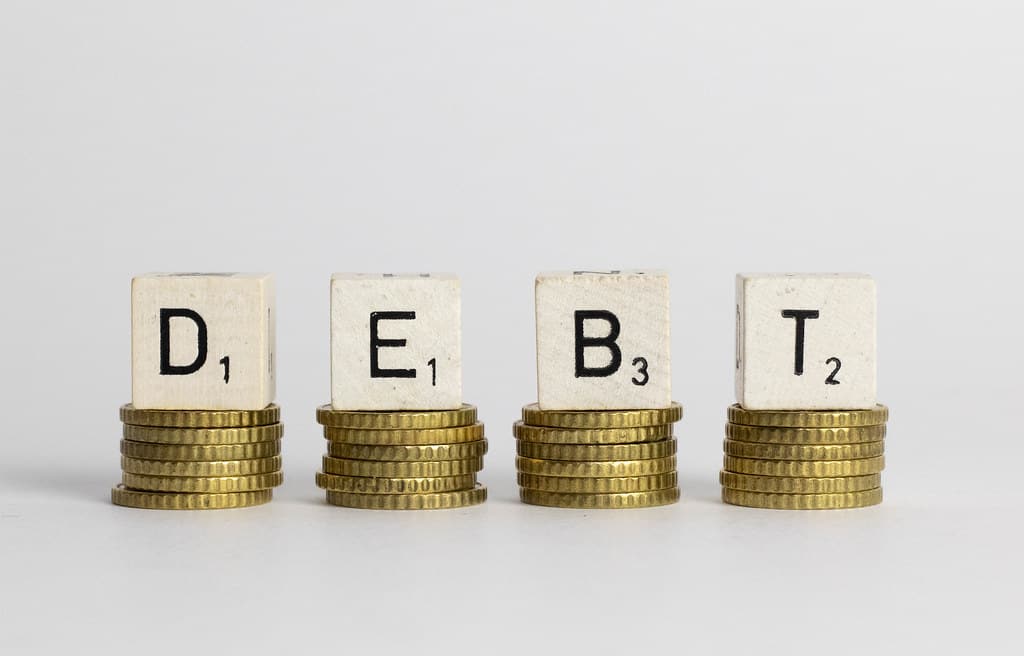The People’s Bank of China (PBOC) has highlighted the results of efforts to contain debt levels within the Chinese economy.
China’s macro leverage ratio stood at 272.5% as of the end of 2021, for a decline of 7.7 percentage points compared to the end of 2020, according to figures announced by PBOC at a press conference held on 18 January.
“In 2021, against the background of scientific prevention of the pandemic, stabilisation of leverage achieved marked success,” said Liu Guoqiang (刘国强), PBOC deputy-governor. “The leverage ratio has now declined for 5 successive quarters.
“Both the numerator as well as the denominator influence the macro-leverage ratio – the numerator is total debt and the denominator is gross domestic product. When it comes to the numerator, last year total debt levels were stable overall, while the denominator of GDP saw marked expansion and grew quickly.
“Particularly compared to 2020, GDP growth accelerated considerably, which had pronounced effects with regard to deleveraging.”
Liu said that PBOC expects the macro-leverage ratio to maintain stability in the year ahead, while also giving the financial system room to adjust the composition of lending.
“The Central Economic Work Conference said that stability must be the watch word in 2022,” said Liu. “At present the macro-leverage ratio is continuing to decline, which creates space in future for the financial system to expand support for micro-and-small enterprises, tech innovation and green development.
“Five successive quarters of decline in the macro-leverage ratio create space for monetary policy in future.”
PBOC data further indicates that in 2021 the full year total social financing increase was 31.35 trillion yuan, for a decline of 3.44 trillion yuan compared to 2020, although an increase of 5.68 trillion yuan compared to 2019.


